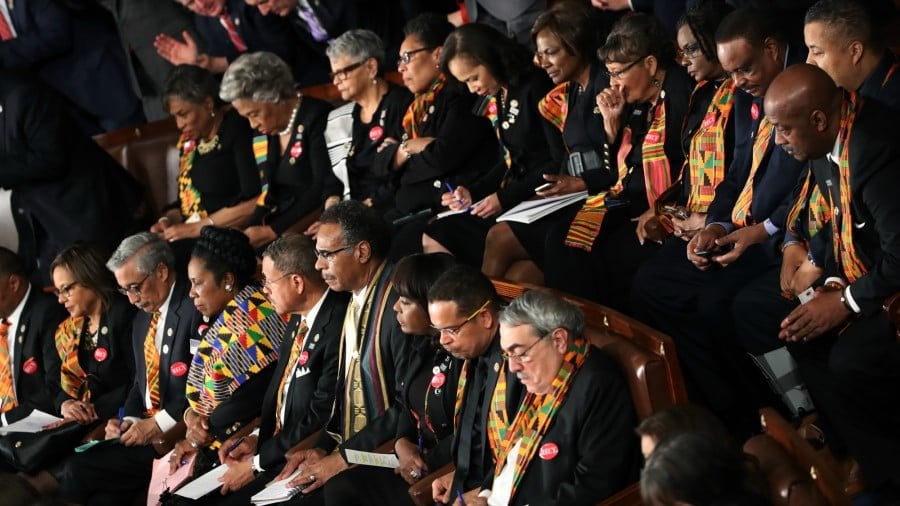The China Factor: Analyzing Market Difficulties For Luxury Car Brands Like BMW And Porsche

Table of Contents
Shifting Consumer Preferences in the Chinese Luxury Car Market
The Chinese luxury car market is undergoing a dramatic transformation, driven by evolving consumer preferences. Understanding these shifts is critical for brands like BMW and Porsche to maintain their competitive edge.
The Rise of Domestic Brands
Chinese luxury car brands are rapidly emerging as formidable competitors. Brands like Nio, Xpeng, and Li Auto are gaining significant traction, leveraging technological innovation and competitive pricing to attract a growing segment of the market.
- Increased competition from brands like Nio, Xpeng, and Li Auto: These domestic players are not simply offering cheaper alternatives; they are innovating with advanced features and sophisticated designs.
- Focus on technological innovation and advanced features in domestic vehicles: Features like advanced driver-assistance systems (ADAS), over-the-air updates, and sophisticated infotainment systems are key differentiators.
- Growing national pride influencing consumer choices: A rising sense of national pride is driving many Chinese consumers towards supporting domestic brands.
Evolving Taste and Demand for Electric Vehicles (EVs)
China is leading the global EV revolution. Government incentives and a growing consumer preference for electric vehicles are reshaping the luxury car market, demanding significant investment and adaptation from established players.
- Government incentives and regulations pushing EV adoption: Substantial subsidies and increasingly stringent emission regulations are pushing the adoption of EVs.
- Consumer preference for cutting-edge EV technology and performance: Chinese consumers are demanding high-performance EVs with long ranges and advanced charging technologies.
- Need for extensive charging infrastructure investment: The rapid growth of EVs necessitates significant investment in charging infrastructure across the country.
Younger, Tech-Savvy Consumers
A new generation of Chinese luxury car buyers is digitally native and tech-savvy. These consumers prioritize technology integration, personalized experiences, and seamless digital connectivity.
- Demand for advanced infotainment systems and connectivity features: Seamless smartphone integration, advanced voice control, and personalized entertainment options are crucial.
- Importance of strong online presence and digital marketing strategies: Reaching this tech-savvy demographic requires a strong online presence and targeted digital marketing campaigns.
- Need to cater to personalized customer service and experiences: Offering bespoke services and personalized interactions is key to building loyalty among these discerning customers.
Intensifying Competition and Market Saturation
The Chinese luxury car market is becoming increasingly saturated, leading to intensifying competition and margin compression.
Price Wars and Margin Compression
The influx of new domestic and international brands is creating a highly competitive pricing environment, forcing established players to engage in price wars and accept thinner profit margins.
- Pressure to offer attractive discounts and promotional offers: Maintaining market share often requires offering competitive pricing and promotional deals.
- Impact on brand positioning and perceived value: Aggressive pricing strategies can potentially erode brand image and perceived value.
- Necessity for cost optimization and efficiency improvements: Maintaining profitability in a competitive environment requires stringent cost management and operational efficiency.
The Importance of Localized Production and Supply Chains
To compete effectively, luxury car brands are increasingly reliant on localized production and supply chains. This adds complexity and logistical challenges.
- Challenges of adapting global production models to local requirements: Meeting local regulations and consumer preferences requires significant adjustments to existing manufacturing processes.
- Potential risks associated with disruptions in local supply chains: Dependence on local suppliers introduces potential risks associated with supply chain disruptions.
- Need for strategic partnerships with local suppliers: Building strong relationships with reliable local suppliers is crucial for ensuring smooth operations.
Navigating the Regulatory Landscape in China
The Chinese regulatory landscape presents significant challenges for luxury car brands. Navigating these complexities requires careful planning and adaptation.
Environmental Regulations and Emission Standards
China's stringent environmental regulations and emission standards necessitate significant investment in cleaner technologies and research and development.
- Compliance costs and challenges in meeting stringent emission targets: Meeting increasingly stringent emission targets requires significant investment in new technologies.
- Investment in electric vehicle technology and infrastructure: A shift towards electric vehicles is crucial for compliance with environmental regulations.
- Adaptation to evolving environmental policies and standards: The regulatory landscape is constantly evolving, requiring continuous adaptation and proactive planning.
Trade Policies and Tariffs
China's trade policies and tariffs can significantly impact production costs and pricing strategies for luxury car brands.
- Impact of trade disputes and geopolitical factors on import costs: Trade disputes and geopolitical factors can lead to unpredictable changes in import costs.
- Potential for increased tariffs on imported luxury vehicles: Luxury vehicles may be subject to higher tariffs, impacting their price competitiveness.
- Need for strategic risk management and contingency planning: Proactive risk management and contingency planning are crucial to mitigate potential negative impacts.
Conclusion
The "China Factor" presents both significant opportunities and considerable challenges for luxury car brands like BMW and Porsche. Understanding the shifting consumer landscape, intensifying competition, and evolving regulatory environment is crucial for success in this vital market. By adapting to evolving consumer preferences, investing in advanced technologies, like EVs, and navigating the regulatory landscape effectively, luxury brands can mitigate risks and capitalize on the long-term growth potential of the Chinese automotive market. To remain competitive and thrive, luxury car manufacturers must continue to closely analyze the China Factor and implement proactive strategies to adapt to this dynamic environment.

Featured Posts
-
 Tennisistki Kostyuk I Kasatkina Vstrecha Posle Otkaza Ot Rossiyskogo Pasporta
May 13, 2025
Tennisistki Kostyuk I Kasatkina Vstrecha Posle Otkaza Ot Rossiyskogo Pasporta
May 13, 2025 -
 Life Cycle Education Through Campus Farming Student Experiences
May 13, 2025
Life Cycle Education Through Campus Farming Student Experiences
May 13, 2025 -
 Prvo Izdanie Kniga So Romski Ba Ki
May 13, 2025
Prvo Izdanie Kniga So Romski Ba Ki
May 13, 2025 -
 Trumps Sotu Sparks Local Backlash Resident Protests Erupt
May 13, 2025
Trumps Sotu Sparks Local Backlash Resident Protests Erupt
May 13, 2025 -
 Sabalenka Defeats Gauff In Madrid Open Final
May 13, 2025
Sabalenka Defeats Gauff In Madrid Open Final
May 13, 2025
